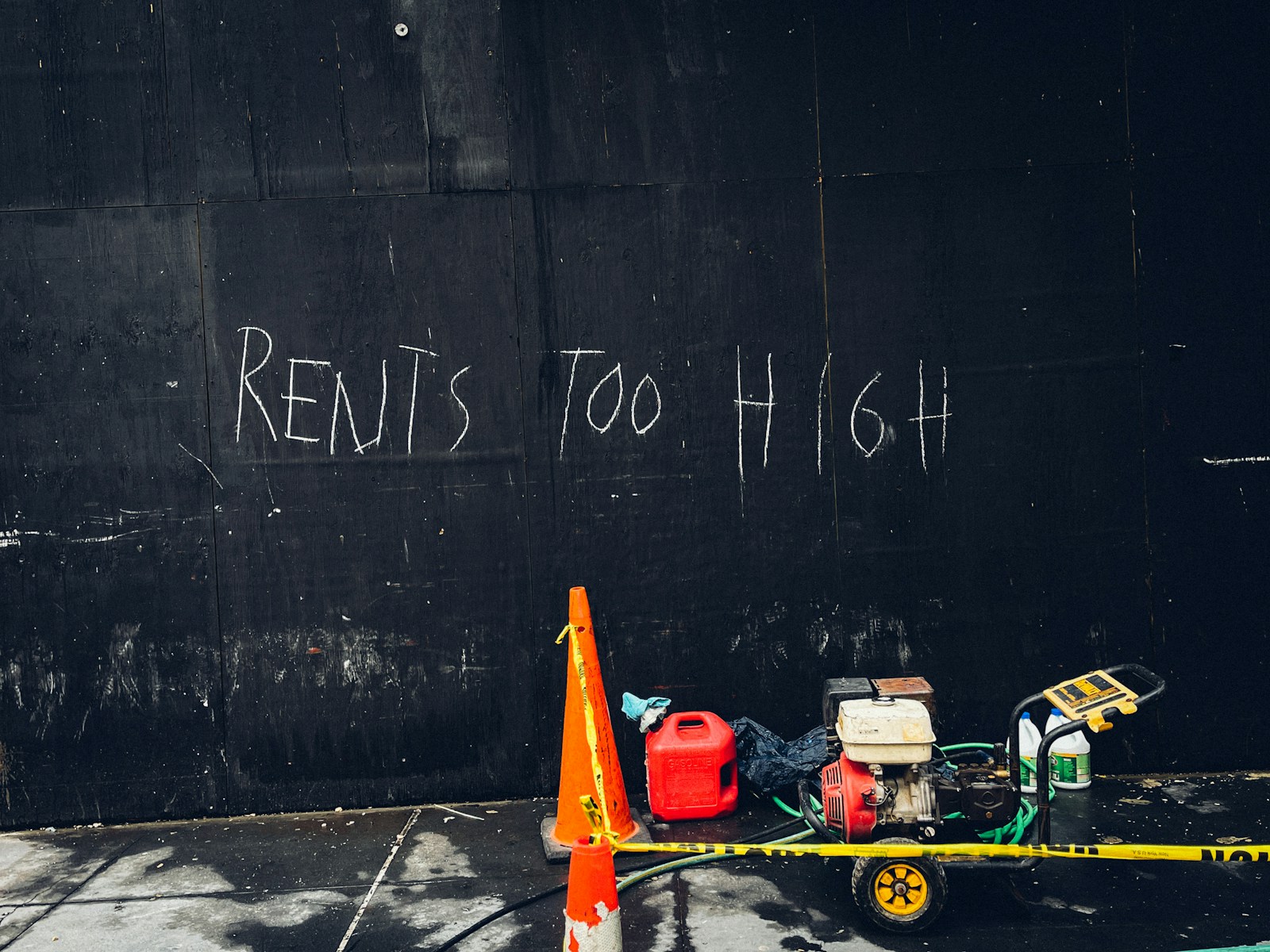If you’re wrestling with the classic question—should I keep renting or buy a home in Edmonton?—you’re not alone. With mortgage rates shifting and rents creeping up, the answer isn’t one-size-fits-all. It comes down to your numbers: monthly cash flow, how long you’ll stay put, appreciation potential, condo fees, taxes, maintenance, and what your down payment could earn if you didn’t buy.
What “winning” actually means
People often compare mortgage payment vs. rent and stop there. That’s only Act One. A true comparison tracks:
Cumulative cash out (mortgage + taxes + insurance + maintenance + condo fees)
Equity you build (your mortgage principal paydown + appreciation, less selling costs if you sell)
Opportunity cost (what your down payment & closing costs could earn if invested while you rent)
Time horizon (buying usually shines the longer you hold)

The Edmonton-specific inputs that matter most
1) Rent inflation – Edmonton rents can climb in bursts. A 3% vs 5% annual increase looks small now, but compounds fast. If your landlord has raised rent lately, nudge the slider up and see the effect.
2) Home value appreciation – Edmonton tends to be steadier than boom-and-bust markets, but even a conservative 2% appreciation adds up over 7–10 years. Try 0% for a stress test, then 2–3% as a base case.
3) Property taxes & condo fees – Taxes vary by neighborhood and assessment; condo fees vary by building and amenities. If you’re eyeing a townhome in Secord or a condo in the west end, plug in accurate numbers from a real listing.
4) Maintenance – A common rule of thumb is 1% of home value per year. Older or larger homes may need more. Condo owners pay less direct maintenance but more in condo fees.
5) Mortgage rate & amortization – A lower rate or a longer amortization can smooth monthly cash flow. The calculator assumes fixed payments and tracks your remaining balance to show real equity.
6) Opportunity cost – If you kept renting and invested your down payment, what would it earn? Set an after-tax return assumption (e.g., a diversified portfolio in a taxable account). This is the most overlooked input—and a huge reason renting can “win” in short holding periods.

Three sample scenarios (play with these in the calculator)
A) The west-end starter
Home price $400k, 10% down, 3.9% rate, 25 years, taxes 0.9%, maintenance 1%, rent $1,800 rising 3%, investment return 4% after tax.
Result: Break-even often around year 5–7. Push rent growth to 5% and owning pulls ahead sooner.
B) Condo with higher fees
Same as above, but add $400/mo condo fees.
Result: Break-even shifts later. If you find a building with strong reserves and lower fees, it meaningfully improves the buy case.
C) Short-stay wildcard
Plan to move in 3 years. Even with modest appreciation, selling costs (legal + commissions) can erase gains. Renting + investing may win in the short run.

Hidden costs and how to budget for them
Closing costs (buying): Legal, title insurance, appraisal, inspection, CMHC premium (if <20% down), tax adjustments. The calculator uses a conservative default; replace with your real quote.
Selling costs: Budget a few percent for commissions, legal, and incidentals. The tool nets this out when estimating your equity if you sold at each year mark.
Home improvements: Not every dollar returns a dollar. Prioritize safety, efficiency, and wide-appeal upgrades.
What first-time buyers ask me most
“Is a bigger down payment always better?”
Not always. Higher down = lower payment, but it also increases opportunity cost. If the market offers better after-tax returns than your mortgage rate, a smaller down payment can be rational—as long as you’re comfortable with the payment and CMHC costs.
“What if rates drop?”
Your payment falls at renewal—or you can refinance if it makes sense. Renting doesn’t capture this upside, but it remains flexible if you’re uncertain about staying put.
“What if prices go sideways?”
That’s why time horizon matters. If you’re buying for lifestyle + stability and can hold 7–10 years, sideways years are less scary.
Bottom line
If you plan to stay in Edmonton for a while, owning often wins—especially once you cross the break-even point. If you’re unsure about the next 2–3 years, renting and investing the difference can be the smarter, safer play. The calculator above turns this from a gut call into a data-backed decision.

FAQ
What amortization should I choose?
25 years is common. Longer amortizations lower the payment (easier cash flow) but slow principal paydown. Try both in the tool.
How do I estimate maintenance on a new build?
New builds may be lighter on maintenance early, but plan for 0.5–1% of value even if it feels conservative. Systems still age.
I don’t have 20% down—what changes?
You’ll likely have mortgage insurance (CMHC or similar), which increases the effective cost of borrowing. Add that into the closing costs field if your premium is paid upfront, or account for it in the mortgage amount if it’s rolled into the loan.
Should I count tax deductions?
In Canada, mortgage interest on your principal residence isn’t typically deductible. If part of your home is a legal suite or you’re house-hacking, talk to an accountant—your numbers may improve.
Can I model a legal basement suite?
Yes. Subtract expected net suite income from the monthly ownership cost (or enter negative condo fees as a quick proxy). For a cleaner setup, I can create a version with a dedicated suite-income input.
What return should I use for investments?
Use a realistic, after-tax long-term average. If you invest in a TFSA/RRSP, after-tax treatment changes. The tool keeps it simple; I can tailor a version for registered vs. taxable accounts.

Ready to run real numbers?
Send me a couple of listings you’re eyeing in Edgemont, The Hamptons, or Secord, plus your pre-approval details. I’ll plug in the actual taxes/fees and deliver a one-page comparison with my recommendation—and we’ll lock in showings if the math (and the house) looks right.

